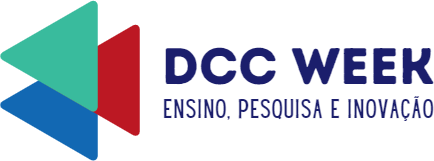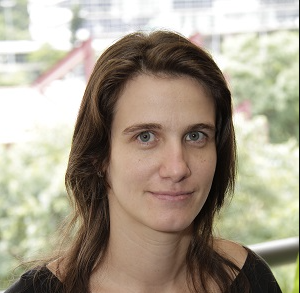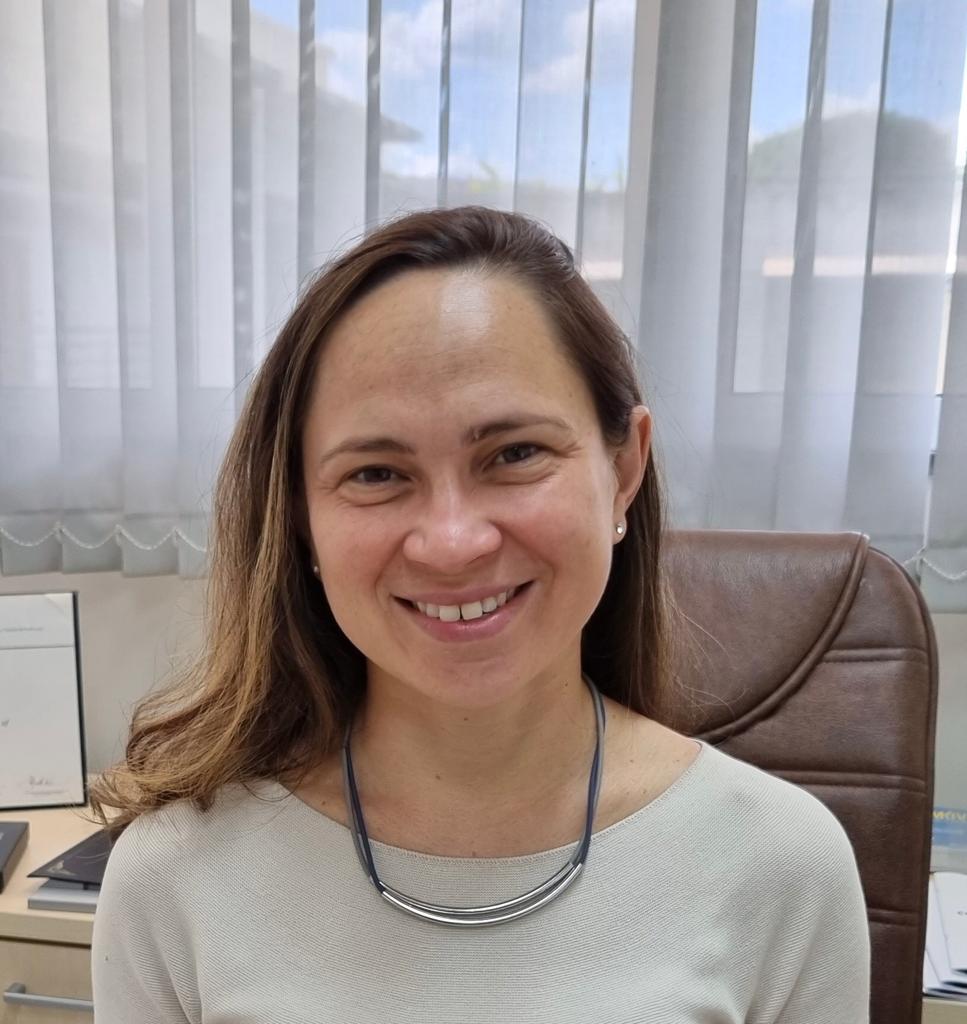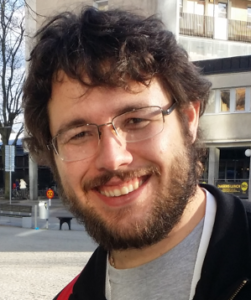Aprendizado de Máquina: Interpretabilidade e Causalidade
Aprendizado de Máquina Automático: Passado, Presente e Futuro?
Nessa palestra mostraremos como o aprendizado de máquina automático (AutoML) deixou a academia e passou a ser uma parte importante das grandes plataformas de cloud para aprendizado de máquina. Falaremos sobre os principais métodos, das vantagens e desvantagens, e discutiremos se realmente é possível democratizar o uso de AutoML, independente de conhecimento prévio do usuário em aprendizado de máquina. Por último, mostraremos como métodos de AutoML podem nos ajudar a entender o que funciona ou não para resolver um novo problema de aprendizado.
Como o software se tornou o maior designer de hardware
A evolução da complexidade dos circuitos integrados tornou impossível aos seres humanos a tarefa de projetar um hardware sem o auxílio de softwares. Esta apresentação fornece uma visão em alto nível dos principais desafios enfrentados por estes softwares e as soluções atuais para estes problemas.
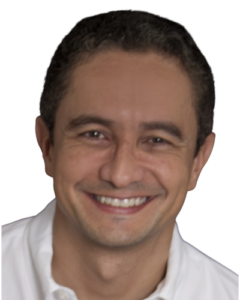
Ricardo Drummond @Cadence
Gerente de Engenharia de Software
CSI brasileiro – a tecnologia nacional que identifica criminosos e terroristas
Como as soluções biométricas da Griaule apoiam as entidades de segurança pública na identificação de indivíduos procurados ao redor do mundo.

Astrobox: Escalabilidade para altos volumes de dados
Vamos nessa palestra aprender um pouco mais sobre a solução interna de visualização de dados da Hotmart, sua aplicação e desenvolvimento.

Gustavo Ferreira @Hotmart
Desenvolvedor com foco em simplicidade, escalabilidade e entrega de valor ao usuário final. Iniciei minha carreira desenvolvendo minhas próprias soluções, passei por diferentes tipos de softwares em diferentes modelos de negócio e hoje atuo em soluções de alta demanda que utilizam o conceito de streaming para dados.
Raphaela Curvão @Hotmart
Product Manager da diretoria de dados da Hotmart, possui uma visão data driven. Formada pela PUC-RJ e Pós graduação pela Fundação Getulio Vargas (FGV)
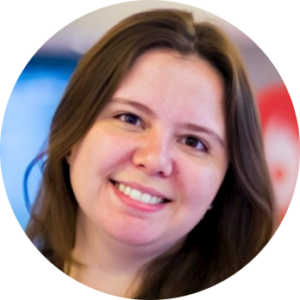
Understanding and Mitigating Online Harms Using AI
Indisputably, the Web has revolutionized how people receive, consume, and interact with information. At the same time, unfortunately, the Web offers a fertile ground for online harms like the spread of hateful content and false information; hence there is a pressing need to develop techniques and tools to understand, detect, and mitigate these issues on the Web. In this talk, I will present our work on understanding and detecting hateful content using recent Artificial Intelligence (AI) advancements. The talk will focus on how we can use AI models to detect hateful content across multiple modalities (text and images) and understand the spread and evolution of hateful content online. I will conclude the talk with ongoing work on how prone Text-to-Image models are (e.g., Stable Diffusion in generating unsafe content).
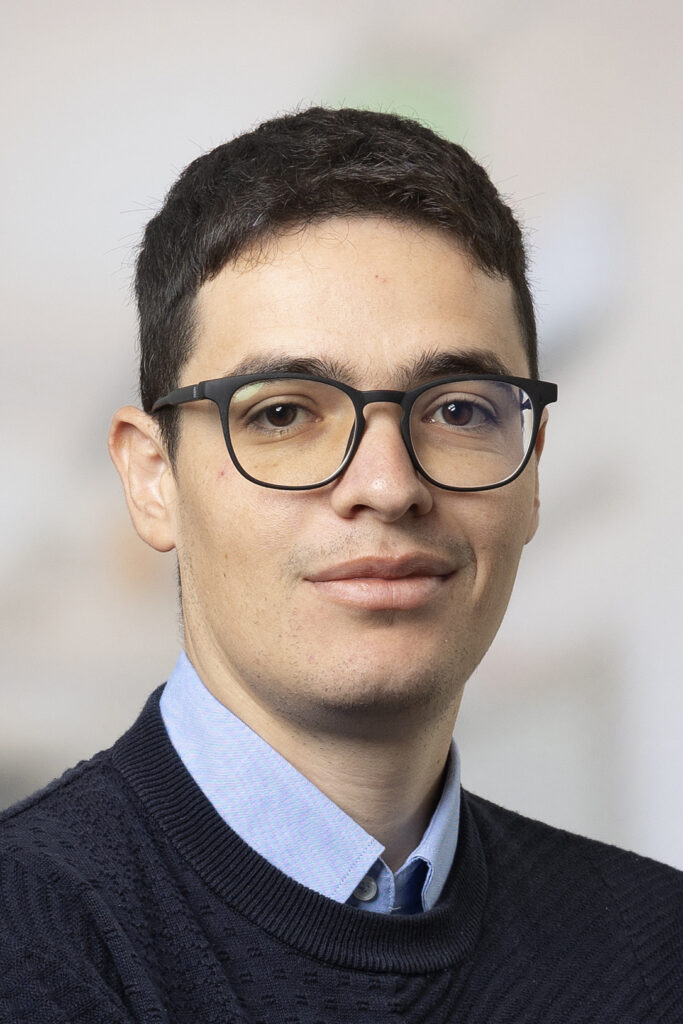
Savvas Zannettou
Savvas Zannettou is an Assistant Professor at Delft University of Technology (TU Delft) and an associated researcher with the Max Planck Institute for Informatics. Before joining TU Delft, he was a Postdoctoral Researcher at Max Planck Institute for Informatics. He obtained his PhD from Cyprus University of Technology in 2020. His research focuses on applying machine learning and data-driven quantitative analysis to understand emerging phenomena on the Web, such as the spread of false information and hateful rhetoric. Also, he is interested in understanding algorithmic recommendations on the Web, their effect on end-users, and to what extend algorithms recommend extreme content. Finally, he is interested in analyzing content moderation systems to understand the effectiveness of moderation interventions on the Web.
Problemas de Roteamento na Robótica: Desafios Práticos e Oportunidades
Nesta palestra vamos abordar e discutir as principais dificuldades que problemas clássicos de roteamento apresentam ao serem utilizados em sistemas reais. Serão apresentadas variações e modelagens que permitem representar melhor diferentes situações no contexto da robótica, tais como restrições de movimento, casos de falha na navegação e características limitantes do ambiente.
Cibersegurança
Automatização de raciocínio via solucionadores SMT
Solucionadores SMT são amplamente utilizados na indústria para a automação de aplicações de métodos formais em diversos domínios, tais como verificação de programas, verificação de hardware, análise estática, segurança, geração de testes, síntese de programas, etc. Veremos como utilizar solucionadores SMT para resolver diversos problemas computacionais que surgem nesses domínios.
